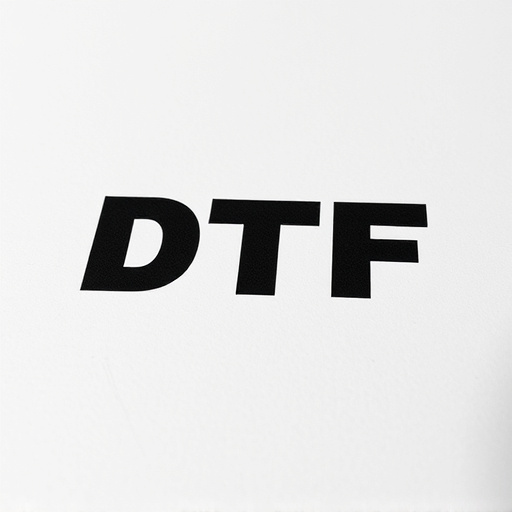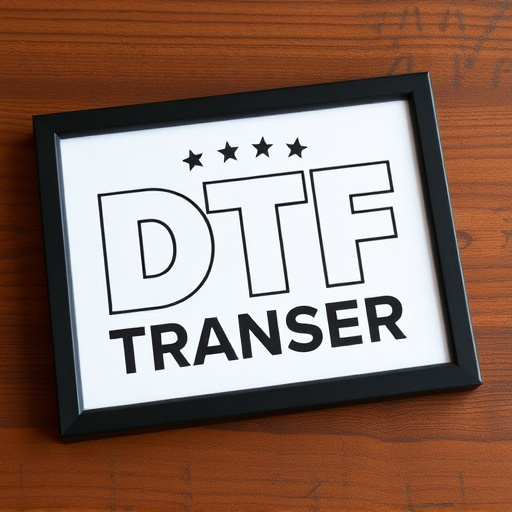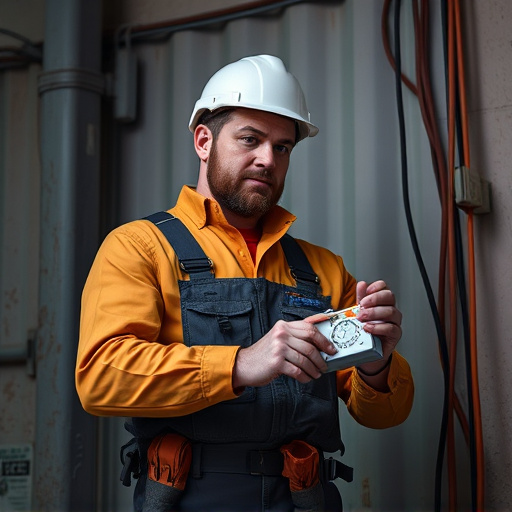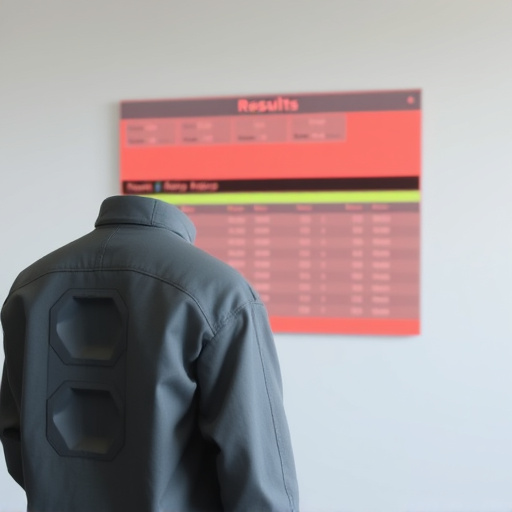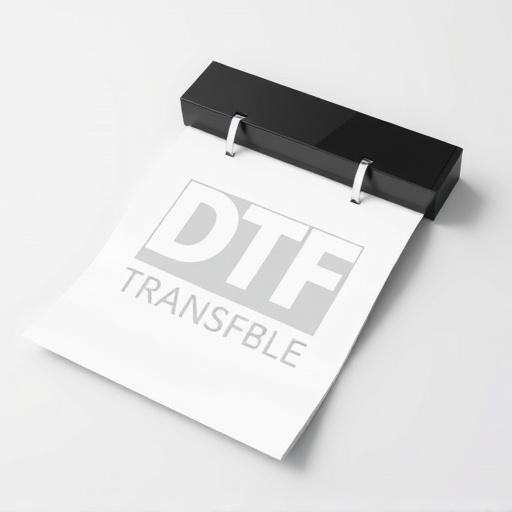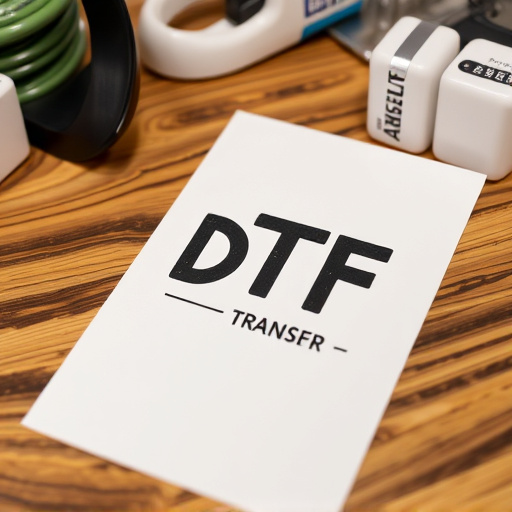DTF (Direct-to-Film) Printing offers high-quality transfers by applying ink directly to film, with ideal temperatures between 130°C and 180°C. Settings vary based on film type, thickness, desired quality, humidity, and room temp. Preheating to 20-25°C is essential, followed by printing at 284°F-302°F for secure bonding. Different heat techniques are required for photosensitive vs. durable films, with specific temperatures up to 350°F. Precise temperature control prevents image distortion and ensures crisp results, preserving original integrity while extending equipment lifespan through regular calibration.
Discover the ideal temperature settings for applying film transfers with our comprehensive guide. Understanding DTF (Direct-to-Film) printing and its optimal temperature range is key to achieving professional results. Learn how factors like film type, preheating, and heat application techniques impact adherence. Avoid common mistakes by knowing when a transfer is too hot or not hot enough. Finally, calibrate your equipment for consistent outcomes, ensuring each film transfer is a masterpiece.
- Understanding DTF Printing and Its Ideal Temperature Range
- Factors Influencing Temperature Settings for Film Transfers
- Preheating Considerations for Optimal Adhesion
- Heat Application Techniques for Different Film Types
- Avoiding Common Mistakes: Too Hot or Not Hot Enough
- Calibrating Your Equipment for Consistent Results
Understanding DTF Printing and Its Ideal Temperature Range
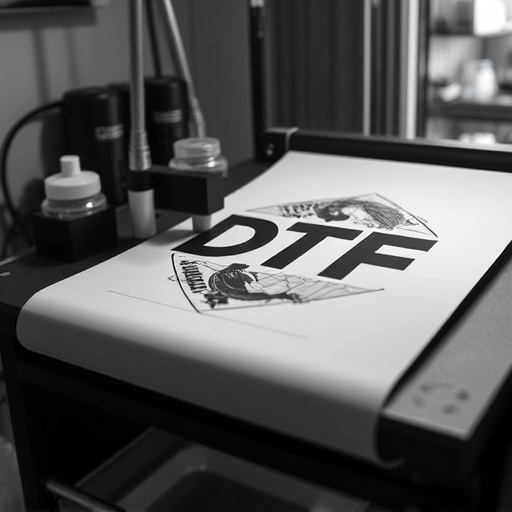
Understanding Direct-to-Film (DTF) Printing involves recognizing its unique process and ideal temperature range for optimal results. This technique allows for high-quality transfers by directly applying ink to a film or substrate, creating a durable and vibrant final product. The key to successful DTF printing lies in the precise control of heat and pressure during the application stage.
The ideal temperature range for DTF printing typically ranges between 130°C and 180°C (266°F to 356°F). This range ensures that the ink adheres securely to the film while also considering the potential heat sensitivity of various materials used in the transfer process. Temperatures outside this spectrum may lead to poor ink bonding or, in some cases, damage to the film or the substrate material, resulting in less-than-satisfactory print outcomes.
Factors Influencing Temperature Settings for Film Transfers

The ideal temperature settings for film transfers, such as DTF (Direct-to-Film) printing, depend on various factors. One key consideration is the type of film and ink used; different combinations may require specific heat and pressure to achieve optimal results. The thickness of the film and the desired print quality also play significant roles. Thicker films might demand higher temperatures for effective transfer while maintaining detail, whereas thinner films could be more sensitive and require lower settings.
Additionally, environmental conditions like humidity and room temperature can influence the process. High humidity may necessitate slightly lower heat to prevent warping or lifting of the film, as moisture can affect adhesive properties. Conversely, cool rooms might need higher temperatures to ensure proper fusing. Adjusting these settings according to these factors ensures that each film transfer is accurately reproduced with vibrant colors and precise details.
Preheating Considerations for Optimal Adhesion
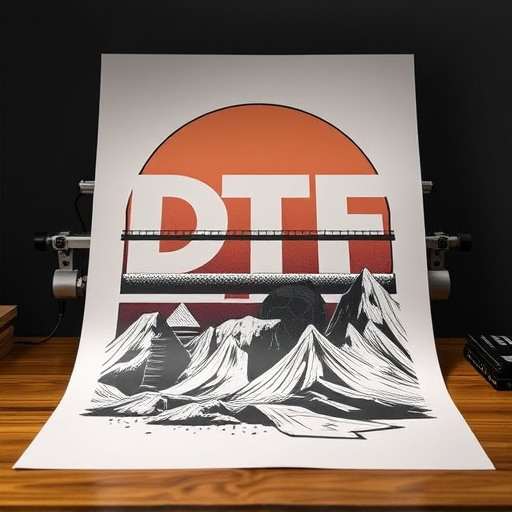
Before applying film transfers, preheating the surface is crucial for achieving optimal adhesion. This process ensures that both the transfer film and the base material reach a consistent temperature, promoting a strong bond. Ideally, preheat your work area to a temperature between 20°C and 25°C (68°F to 77°F). Additionally, consider using a DTF Printing (Direct-to-Film) method, which involves printing directly onto the film itself before transfer. This technique requires precise temperature control, typically around 140°C to 150°C (284°F to 302°F), to activate the adhesive properties of the film and ensure a secure attachment to the desired surface.
Heat Application Techniques for Different Film Types
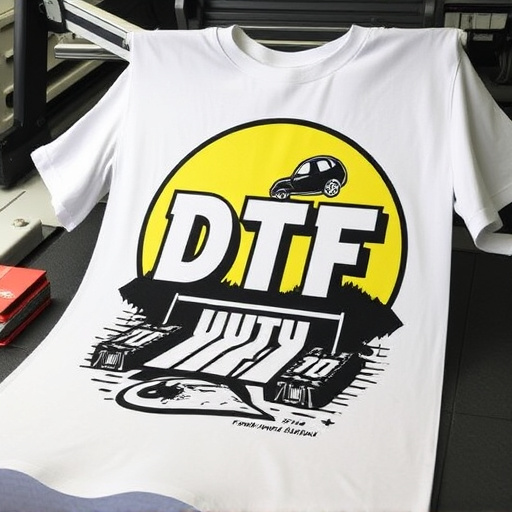
When applying film transfers, understanding heat application techniques tailored to specific film types is key for achieving optimal results in DTF (Direct-to-Film) printing. For instance, with photosensitive films, a gentle and controlled heat source like a heated press or an iron set to a low temperature (around 150°F – 200°F) is ideal. This cautious approach ensures the emulsion side of the film doesn’t overheat, preventing any unwanted chemical reactions that could distort the image.
On the other hand, for more robust, durable films designed for long-term use, higher temperatures (up to 350°F) may be necessary, again using a controlled heat source like a heated press or a specialized laminator. This process permanently sets the transfer onto the substrate, enhancing its resistance to fading, scratching, and water damage. Each film type has unique characteristics, requiring specific heat application techniques for best results in DTF printing projects.
Avoiding Common Mistakes: Too Hot or Not Hot Enough
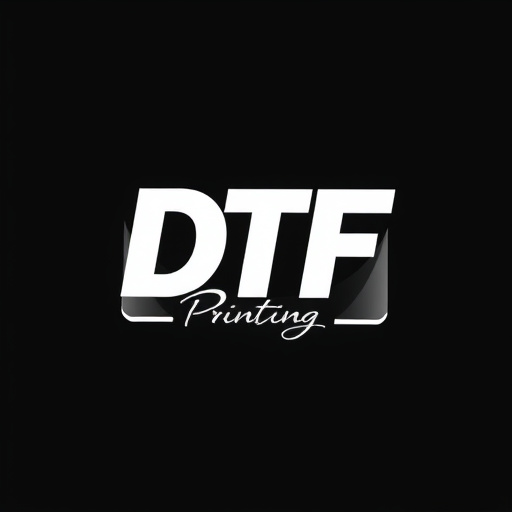
When applying film transfers, one of the most common mistakes is using an incorrect temperature setting. Heat is crucial in the DTF Printing process; it aids in the transfer of the image from the donor film to the recipient surface. However, too much heat can cause the emulsion to melt or burn, leading to a distorted or even destroyed image. Conversely, insufficient heat may not activate the adhesive backing properly, resulting in a poor bond and an incomplete transfer. To avoid these pitfalls, it’s essential to follow recommended temperature guidelines specific to your film type and surface. Precise control over temperature ensures that the transfer process unfolds optimally, preserving the integrity of the original image and achieving a crisp, professional result.
Calibrating Your Equipment for Consistent Results
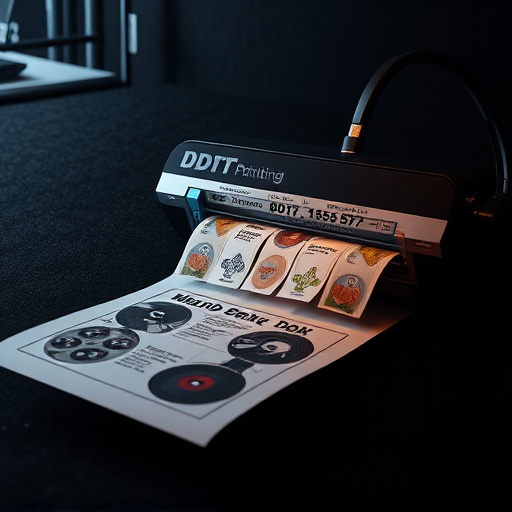
To achieve consistent and high-quality results with film transfers, calibrating your equipment is paramount. This process ensures that your DTF (Direct to Film) printing setup is optimized for accuracy, minimizing variations in temperature and pressure. Start by referring to the manufacturer’s guidelines for your specific transfer device and printer, as optimal settings can differ based on models. Next, conduct test runs with various materials and papers to fine-tune your temperature and pressure parameters. Regular calibration ensures that your equipment remains accurate over time, allowing you to produce transfers with sharp details, vibrant colors, and precise outlines.
Consistent temperature control is the cornerstone of successful film transfers. Aim for a range that caters to the specific requirements of the film and transfer medium. Minor adjustments can significantly impact the final result, so take the time to understand what settings work best for your chosen materials. Remember, consistent calibration not only ensures better outcomes but also extends the lifespan of your equipment by reducing wear from inconsistent use.
